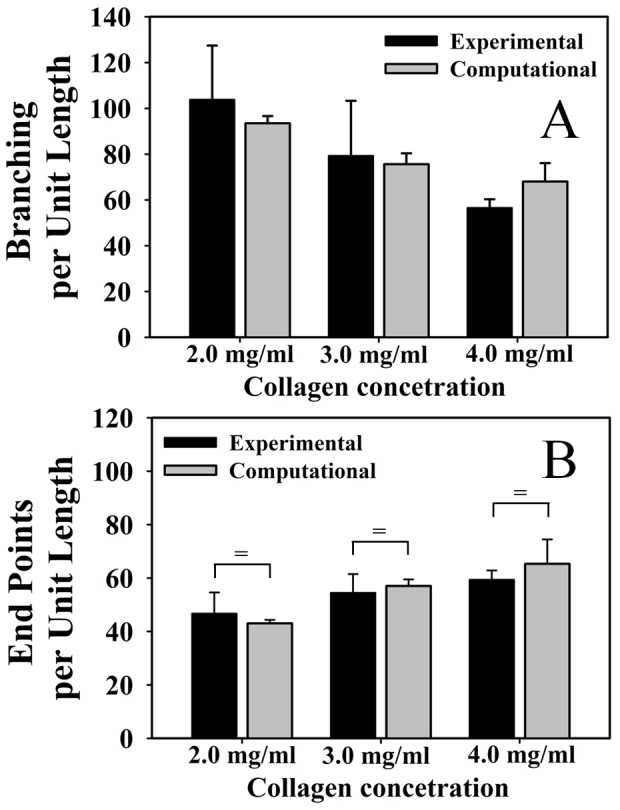Figure 5. Branch points and free ends per unit length.

A branching point was defined as any node that connected to three or more vessel segments. Branching points were created by either a new vessel sprout (branching) or two separate vessels fusing into one (anastomosis). Measurements from the experimental cultures are presented in black and predictions from the computational model are presented in gray. (A) The number of branch points was normalized by the total vascular length in order to isolate the tendency of microvessels to form a branch point per unit length of growth. Branching per unit length was observed to decrease as matrix density was increased. An end point was defined as a node that was associated with only one vessel segment and represents the terminal end of a vessel. Measurements from the experimental cultures are presented in black and predictions from the computational model are presented in gray. (B) Normalizing the number of end points by the total vascular length revealed that the number of free ends per unit length increased along with matrix density. There was a significant effect of matrix density on branch points and free ends per unit length for both experimental and computational results (One-way ANOVA, p<0.05 in all 4 cases). No statistical difference was detected between any experimental and computational morphometric at each matrix density level by T-test. Statistical equivalence as detected by a TOST-test is indicated by the bracket and equal sign.
